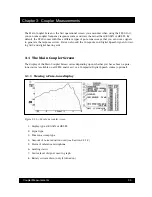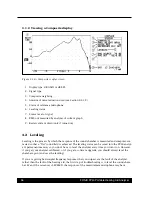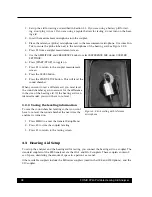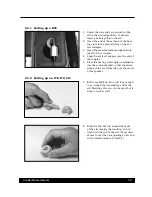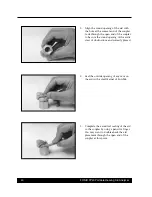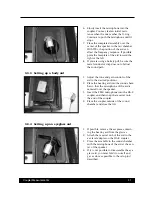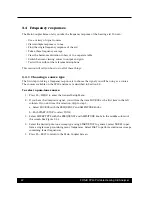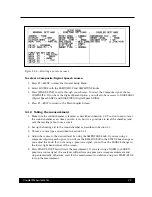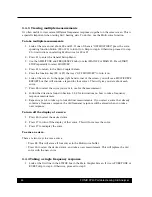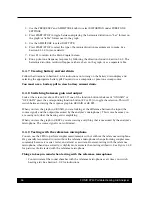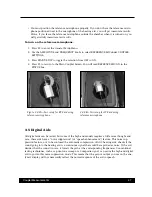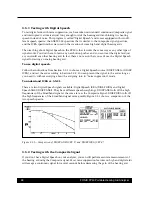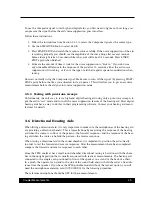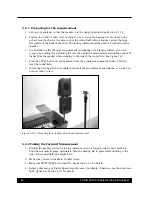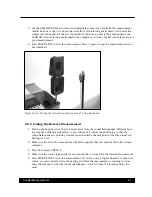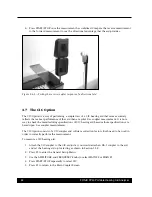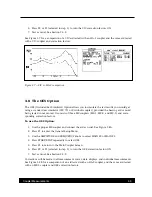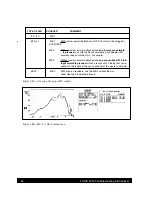
Coupler Measurements
49
To use the Composite signal to test high end digital aids, you first need to figure out how long you
can present the signal before the aid’s noise suppression goes into effect.
Follow these instructions:
1. Follow the instructions from Section 3.4.1 to select the Composite signal as the source type.
2. Use the AMPLITUDE knob to select 65 dB.
3. Press START/STOP and watch the response curve carefully. If the noise suppression of the aid
is working properly, you should see the amplitude of the curve drop after several seconds.
Some aids might take 3-5 seconds while other aids will take 10-15 seconds. Press START/
STOP again when finished.
4. Estimate the amount of time it took for the noise suppression to “kick in.” If you don’t see
any noticeable difference in the response of the aid after 15 seconds, either the aid’s noise
suppression isn’t working, or it’s not the type of aid that requires special consideration when
testing.
Now test normally using the Composite signal. Make sure to turn off the signal (by pressing START/
STOP again) before the time you estimated in step 4 passes. This will allow you to get an accurate
measurement before the aid goes into noise suppression mode.
3.5.3 Testing with pure-tone sweeps
Unfortunately, the only way to test a high-end digital hearing aid using only a pure-tone sweep is to
put the aid in “test” mode and turn off the noise suppression feature of the hearing aid. Most digital
hearing aids have a way to do this in their programming software. Contact your hearing aid manu-
facturer for details.
3.6 Directional Hearing Aids
When fitting a directional aid, it is very important to make sure the microphones of the hearing aid
are providing a directional benefit. This is typically done by measuring the response of the hearing
aid when the source is in front of the patient—the forward response—and the response of the hear-
ing aid when the source is behind the patient—the reverse response.
When testing a directional aid in the sound chamber, it is important to position the aid correctly
in order to test the forward and reverse responses. After the measurements have been completed,
compare the forward and reverse responses to each other.
Since the FP40 analyzer has a small sound chamber, directional testing is best done with the cham-
ber in the upright position that is usually associated with real-ear measurements. The hearing aid,
connected to the coupler, can positioned in front of the speaker on a stand or the back of a chair.
In a pinch, the operator can stand to the side of the sound field and just hold the aid at a fixed dis-
tance from the speaker. If you have the FP40 portable model without the real-ear option, you will
need the microphone extension cord (072-0300-00) for the folowing procedure.
The reference microphone should be OFF for these measurements.

